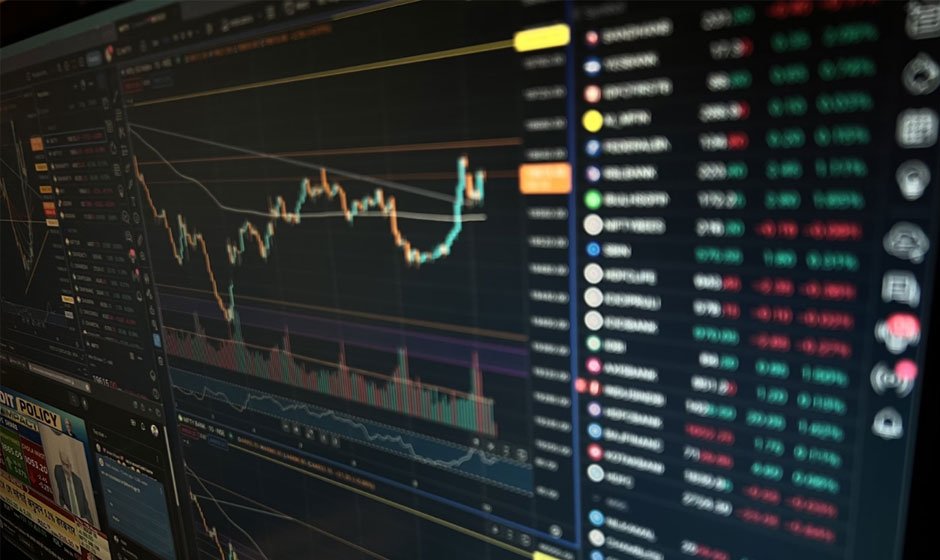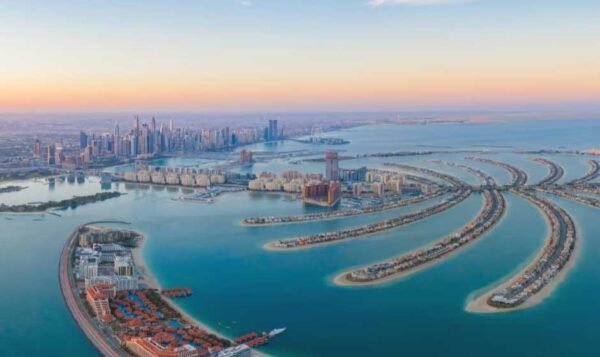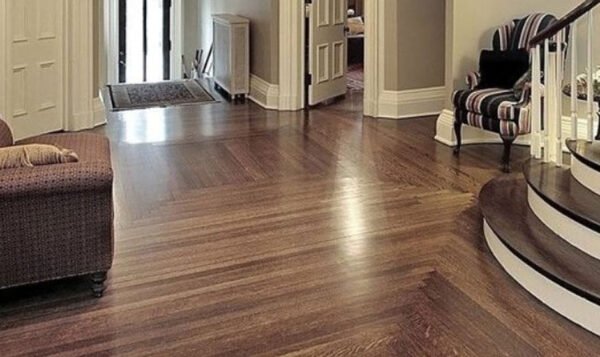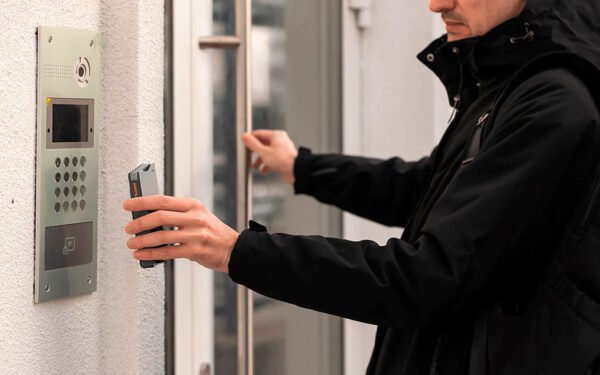Global Luxury Market Dynamics

In the ever-evolving world of luxury, the winds of change are blowing stronger than ever. The global luxury market, a beacon of craftsmanship, exclusivity, and opulence, is undergoing a transformation that is as profound as it is pivotal. This transformation is not just about the products themselves but about the very ethos that defines luxury. As we embark on this exploration of luxury’s new horizons, we find ourselves at the intersection of tradition and innovation, where the past and the future converge to redefine what it means to be truly luxurious.
Millennials and Gen Z Take the Helm
Gone are the days when luxury brands could rest on their laurels, relying solely on their heritage to appeal to consumers. Today, the luxury market is being reshaped by the hands of Millennials and Gen Z, generations that wield their purchasing power with purpose and precision. These digital natives are not just passive consumers; they are active participants, curating their luxury experiences with a keen eye for authenticity, sustainability, and innovation. Brands like Gucci have taken note, pivoting towards a digital-first strategy that resonates with the values and preferences of these younger consumers. This strategic shift is not merely about staying relevant; it’s about leading the charge towards a more inclusive, sustainable, and technologically savvy luxury landscape.
This demographic revolution is not just changing the way luxury brands communicate; it’s transforming the very products they offer. The younger generations’ penchant for brands that align with their ethical and environmental values is pushing the luxury sector towards more sustainable practices. This shift is a testament to the power of consumer influence, driving brands to innovate and adapt in ways that not only appeal to these discerning consumers but also contribute positively to the broader societal and environmental context.
Ethical Luxury Crafting a New Narrative
The narrative of luxury is being rewritten, with sustainability and ethics taking centre stage. The rise of ethical luxury is a response to a growing consumer demand for brands that do more than just dazzle; they must also demonstrate a commitment to positive social and environmental impact. Stella McCartney has been at the forefront of this movement, seamlessly integrating sustainability into the DNA of her brand. Her approach is not an anomaly but a beacon, signalling the direction in which the luxury market is headed.
This evolution towards ethical luxury is reshaping the definition of value in the luxury sector. Today, the true luxury lies not in opulence but in the knowledge that one’s purchase supports sustainable and ethical practices. This shift is a reflection of a broader societal movement towards mindfulness and responsibility, where consumers are increasingly seeking out brands that align with their values. As luxury brands navigate this new terrain, the integration of ethical practices is becoming a hallmark of true luxury, distinguishing those who understand the zeitgeist from those who remain anchored in a bygone era.
The Digital Frontier: A New Realm of Luxury
The digital revolution has ushered in a new era for the luxury market, with technologies like AR/VR and AI transforming the way brands engage with their consumers. These digital innovations are not just enhancing the luxury shopping experience; they are redefining it. Luxury brands are now able to offer personalised, immersive experiences that blur the lines between the physical and digital worlds, creating a new realm of luxury that is as boundless as it is bespoke.
This digital transformation is exemplified by the use of AI to offer personalised recommendations, and AR/VR technologies that allow consumers to virtually try on products from the comfort of their homes. These technological advancements are elevating the luxury experience, making it more accessible, personalised, and engaging. As Claudia D’Arpizio, a partner at Bain & Company, aptly notes, “This is a defining moment for brands, and the winners will separate themselves through resilience, relevance, and renewal—the basics of the new value-centred luxury equation.” This insight underscores the importance of embracing digital innovation as a cornerstone of the modern luxury experience.

Pandemic Perspectives Shifting Values and Behaviours
The COVID-19 pandemic has been a catalyst for change, accelerating shifts in consumer values and behaviours that were already underway. The crisis has highlighted the importance of meaningful, value-driven consumption, with consumers increasingly seeking out brands that offer authenticity, quality, and sustainability. This shift towards more conscious consumption is reshaping the luxury market, prompting brands to reevaluate their offerings and align with the evolving expectations of their consumers.
The pandemic also underscored the critical role of digital channels in connecting with consumers. As physical retail spaces faced unprecedented challenges, luxury brands turned to digital platforms to engage with their audiences, further accelerating the sector’s digital transformation. This period of disruption has not only tested the resilience of luxury brands but also offered a glimpse into the future of luxury, where digital engagement and value-driven consumption coalesce to define a new era of luxury.
Navigating the Future of Luxury
The insights of industry experts from Boston Consulting Group (BCG) and Capgemini shed light on the path forward for the luxury market. According to BCG, the luxury sector is poised for growth, underpinned by strong fundamentals and a renewed emphasis on digital and sustainable practices. Capgemini’s analysis further highlights the importance of understanding consumer behaviour and preferences, underscoring the need for luxury brands to adapt and innovate to stay ahead of the curve.
These expert perspectives emphasise the critical role of resilience, relevance, and renewal in navigating the luxury market’s future. As Federica Levato, a partner at Bain & Company, observes, “The market is set for long-term growth, rooted on strong fundamentals.” This insight, coupled with the recognition of luxury’s “literally me” era, marked by a desire for uniqueness over status, offers a roadmap for luxury brands seeking to thrive in this dynamic landscape.
Strategic Moves in the Luxury Market
In response to these shifting dynamics, luxury brands are making strategic moves to align with the evolving preferences of their consumers. One such brand, Cosette, has adeptly navigated these changes by curating a selection of luxury handbags that not only offers unparalleled value but also aligns with the growing demand for ethical luxury. By making luxury more accessible and emphasising sustainability, Cosette is redefining what it means to be a luxury retailer in today’s market.
Cosette’s focus on a premium online shopping experience reflects the broader trend of digital engagement in the luxury sector. With a user-friendly website and a variety of secure payment options, Cosette ensures a seamless shopping experience that meets the expectations of modern luxury consumers. This strategic approach, combining ethical luxury with digital innovation, positions Cosette as a forward-thinking player in the evolving luxury landscape.
Exclusivity vs. Accessibility
The luxury market is navigating the delicate balance between exclusivity and accessibility. As luxury brands strive to maintain their prestigious image, they are also exploring ways to become more accessible to a broader audience. Personalisation and customisation are key strategies in this endeavour, allowing brands to cater to individual consumer needs without diluting their exclusivity.
This approach not only enhances the customer experience but also reinforces the brand’s prestige by offering unique, tailored products that reflect the consumer’s personal style and preferences. By focusing on personalisation, luxury brands can maintain their exclusivity while appealing to a wider audience, striking a balance that is crucial for long-term success in the evolving luxury market.
The Luxury Market’s Resilience
The luxury market faces a range of challenges, from counterfeiting to global supply chain complexities. However, luxury brands are demonstrating remarkable resilience, employing innovative solutions and strategies to navigate these issues successfully. By leveraging technology and adopting flexible supply chain models, luxury brands are enhancing their ability to respond to market changes and consumer demands.
Counterfeiting, in particular, poses a significant threat to the luxury market, undermining brand integrity and consumer trust. Luxury brands are combating this issue through advanced authentication technologies and rigorous supply chain management, ensuring the authenticity and quality of their products. These efforts highlight the luxury market’s resilience and adaptability, underscoring the importance of innovation and strategic thinking in overcoming obstacles.
What Lies Ahead for Luxury
As we look to the future, the luxury market is poised for continued evolution, driven by emerging trends and potential market disruptions. The increasing emphasis on sustainability, digital innovation, and ethical practices is reshaping the luxury landscape, offering new opportunities for brands willing to embrace change. The rise of experiential luxury, coupled with the growing importance of personalisation, points to a future where luxury is not just about owning exclusive products but about creating unique, meaningful experiences.
The luxury market’s ability to adapt to these changing dynamics will be crucial for its long-term success. As brands navigate this complex landscape, the focus will increasingly be on offering value that goes beyond the material, catering to a consumer base that values authenticity, sustainability, and personal expression. In this new era of luxury, the brands that thrive will be those that can balance tradition with innovation, exclusivity with accessibility, and craftsmanship with sustainability, charting a course through change with resilience and vision.



